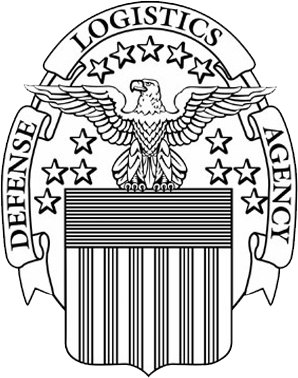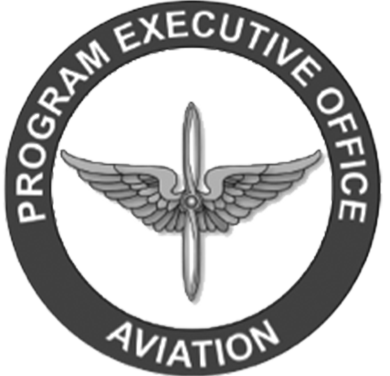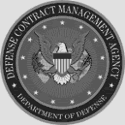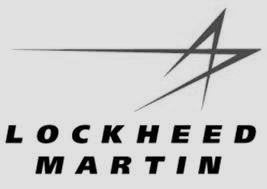It’s nice to get back into the public as we are closer to being on the other side of the COVID-19 pandemic. Just last Thursday I attended my first on-site conference since the December 2019 AIA Board of Governors with my friend Eric Fanning. At last week’s conference in Grapevine, I was asked, “Are you from the company that is in Fort Worth, InterConnect Wiring, that makes aircraft wiring harnesses?” and I answered, “Indeed, I am.” It’s nice to know we may not have been able to connect in person last year, but we do still connect.
Which brings me to the topic at hand: What is Connector Clocking and Why is it Important in Wiring Harness Design?
The purpose of a wiring harness is to transmit signals or electrical power between components in a system. However, this cannot be achieved unless the wiring harness can physically connect to these components. There are several ways to make these connections but probably the most common is the mating of two connectors.
One of the characteristics of an electrical connector is called its “clocking” or “polarization”. During manufacturing, a connector is polarized by fabricating a series of keys around the perimeter of the insert in a specific pattern according to its polarization designator. Therefore, two connectors will not be able to mate (AKA connect) unless they accurately line up or clock.
Let us consider two connectors that are built exactly the same except that one has polarization designator “A” – all the keys are 120 degrees apart and the other has polarization designator “B” – one of the keys is 120 degrees from the main key and the other is 270 degrees from the main key. Refer to image below.
Now let us suppose we are designing a wiring harness for a customer that needs to connect an amplifier in their audio system to a left and a right speaker as in the example shown below.
The customer wants to use the same part number for the connectors at reference designator (ref des) P1 and P2 but they also want to make sure that the signals from the amplifier go to the correct speaker. In order to achieve this they install the connector with polarization “A” at P1 and the same connector except with polarization “B” at ref des P2. The connector installed at ref des P3 will not be a factor since it is a totally different size and shape than those installed at ref des P1 and P2 and will be located several feet away.
The InterConnect Wiring, wiring harness design, that connects the customer’s amplifier to its speakers might look something like the drawing below in red.
When one designs the wiring harness it is very important to pay close attention to the polarization designator in the part number of the connector when choosing the part number for the mating connectors. Often, the only difference between these part numbers is one letter!
Suppose we assign the connector with polarization “B” to be installed at ref des J1 instead of the connector with polarization “A”. Now when the customer tries to mate our harness with their product they will not be able to connect any of the speakers. They may also damage the connectors trying to mate them.
There could be any number of reasons why the customer chooses to use connectors with different polarizations in their systems. It is up to InterConnect, as the wiring harness designer, to choose the mating connector with the correct polarization or keyway to make sure the customer is satisfied with the results.
InterConnect prides itself on wiring harness design and our engineering department. If you would like assistance designing your aircraft wiring harnesses, please let us know.
We hope to connect with you very soon, in person, at another aerospace conference. Check out our website here to see this year’s post-pandemic Aerospace & Defense trade shows. If you know of any more aerospace trade shows or conferences that I am missing from our list, please shoot me an email and let me know!

































